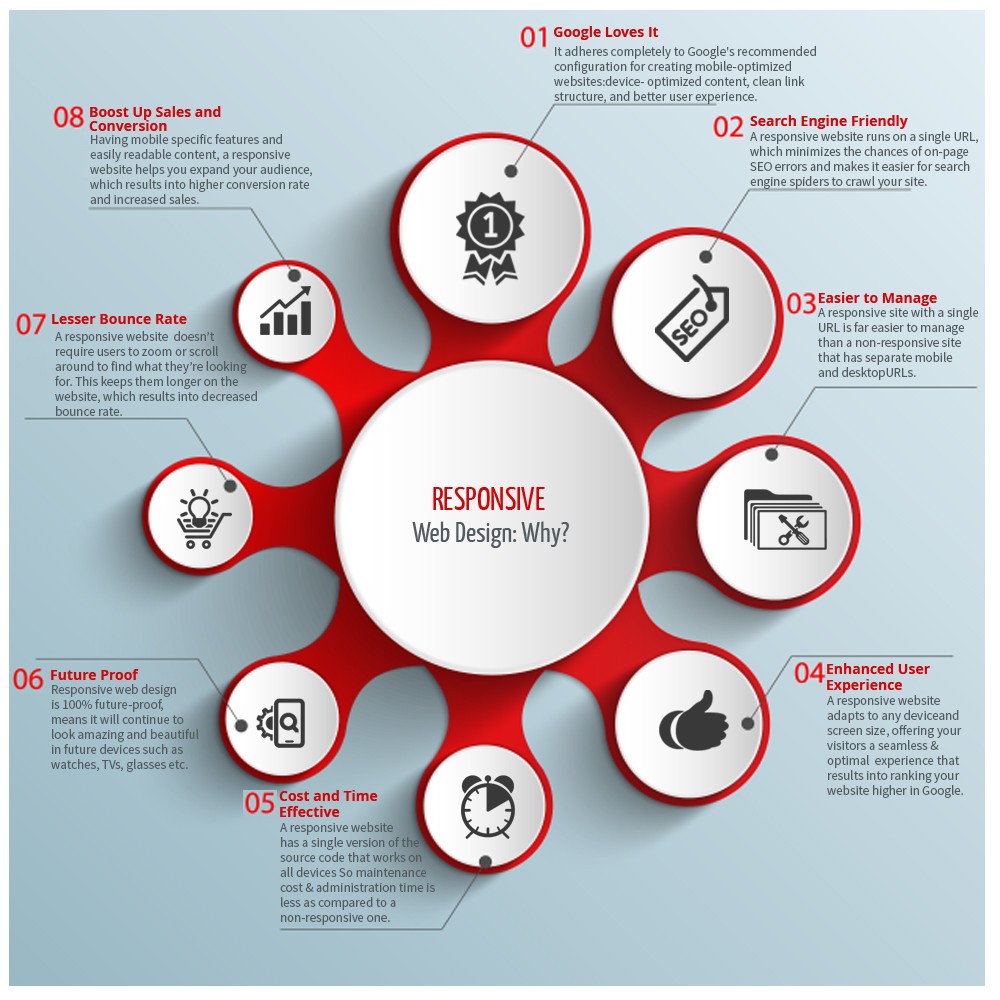Eager To Uncover Just How Website Design Has Transformed With Time? Dive Into The Advancement From Simplicity To User-Focused Experiences
Eager To Uncover Just How Website Design Has Transformed With Time? Dive Into The Advancement From Simplicity To User-Focused Experiences
Blog Article
Authored By- https://econsultancy.com/32-simple-seo-tips-for-small-businesses/
In the past, websites were simple and concentrated on information. Navigating was straight, and layout was for desktops. Currently, user experience is key. Data guides layouts for very easy navigating. Responsive formats fit various tools. Today, dark setting minimizes stress, and minimal menus enhance navigating. Interactive attributes engage individuals, and strong visuals stand apart. AI integration boosts interaction. See exactly how design has actually evolved to enhance your on-line trip.
Early Days of Web Design
In the early days of website design, simplicity preponderated. Websites were fundamental, with limited colors, typefaces, and layouts. The emphasis was on providing info instead of flashy visuals. Customers accessed the internet through slow-moving dial-up connections, so speed and performance were vital.
Navigating menus were straightforward, commonly located on top or side of the page. Web sites were designed for desktop computers, as mobile browsing had not been yet widespread. Content was king, and designers prioritized very easy readability over complicated design components.
HTML was the primary coding language utilized, and developers had to function within its restraints. Computer animations and interactive attributes were very little compared to today's criteria. Internet sites were static, with little dynamic web content or individualized customer experiences.
Rise of User-Focused Layout
With the evolution of site design, a shift towards user-focused design concepts has become progressively popular. Today, producing websites that focus on individual experience is critical for involving site visitors and achieving service objectives. User-focused layout includes comprehending the needs, choices, and habits of your target audience to tailor the site's layout, material, and features as necessary.
Developers currently carry out comprehensive research study, such as customer studies and usability testing, to collect insights and responses straight from customers. This data-driven strategy helps in developing instinctive navigation, clear calls-to-action, and visually enticing interfaces that resonate with site visitors. By placing the user at the facility of the design process, internet sites can provide an extra customized and satisfying experience.
Receptive layout has also emerged as an essential aspect of user-focused layout, making sure that websites are maximized for different gadgets and screen sizes. This versatility enhances availability and functionality, satisfying the diverse methods individuals engage with websites today. Fundamentally, the increase of user-focused design represents a change in the direction of developing electronic experiences that prioritize the needs and expectations of the end user.
Modern Trends in Website Design
Discover the current patterns shaping web design today. One prominent trend is dark setting design, using a smooth and modern look while decreasing eye strain in low-light environments. Another key pattern is minimal navigation, simplifying menus and improving customer experience by concentrating on essential elements. Incorporating micro-interactions, such as animated switches or scrolling effects, can produce a much more engaging and interactive internet site. Responsive layout stays important, guaranteeing smooth customer experiences throughout different gadgets. Additionally, utilizing strong typography and unbalanced layouts can add visual passion and accentuate specific material.
Incorporating AI innovation, like chatbots for client support or personalized suggestions, enhances individual interaction and simplifies procedures. Accessibility has likewise end up being a substantial fad, with developers focusing on inclusive style practices to cater to diverse individual demands. Embracing sustainability by enhancing web site efficiency for speed and efficiency is another arising fad in web design. Teaming up with individual feedback and data analytics to repeat and enhance style continuously is important for staying relevant in the ever-evolving digital landscape. By welcoming these modern patterns, you can develop an aesthetically attractive, easy to use site that reverberates with your target market.
Conclusion
As you reflect on the evolution of site design from the very early days to currently, you can see how user-focused design has actually ended up being the driving force behind modern trends.
Embrace the journey of adjustment and adaptation in website design, constantly maintaining the customer experience at the forefront.
Keep existing with the latest trends and modern technologies, and never stop advancing your strategy to develop aesthetically stunning and user-friendly websites.
Evolve, adapt, and create - the future of website design is in your hands.
